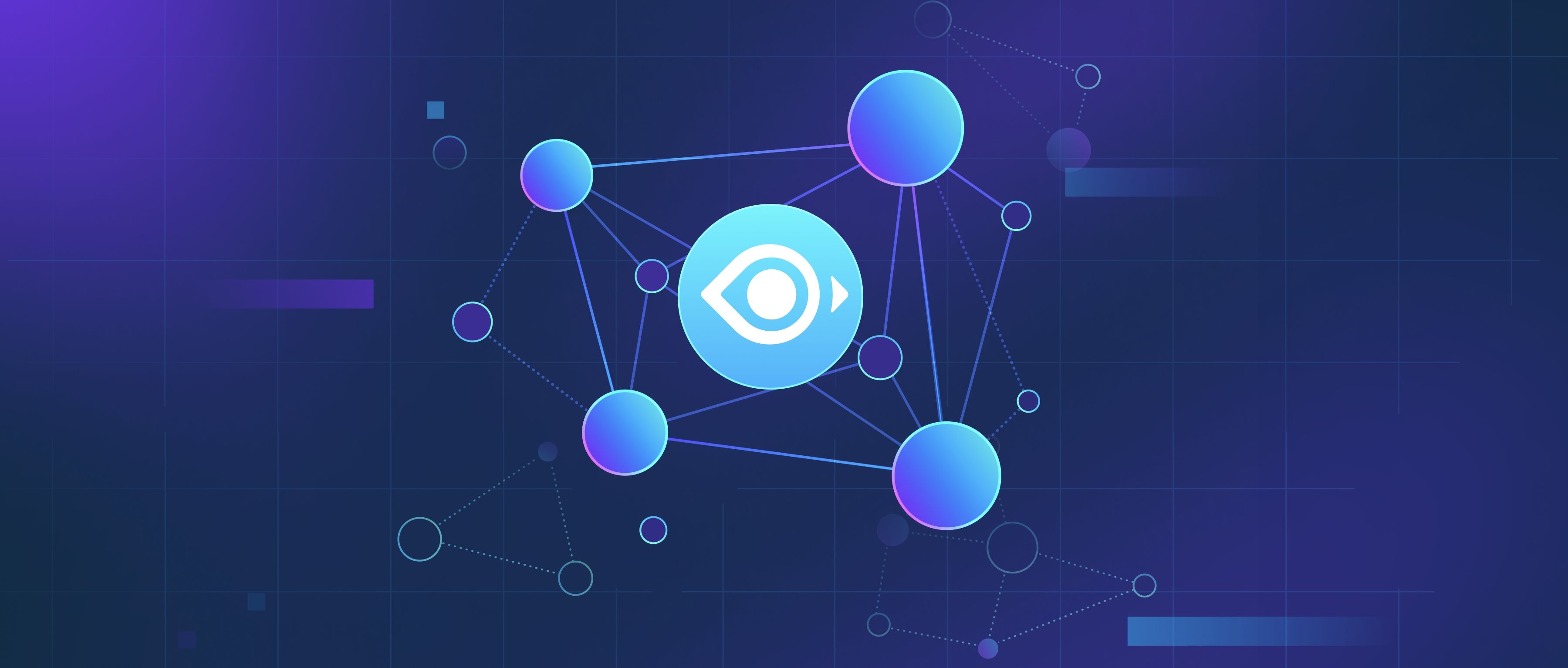Sampling noise for the forward diffusion process involves generating random noise that simulates the gradual corruption of data over several steps. In the context of diffusion models, forward diffusion refers to the process where a clean data sample is progressively turned into pure noise. This is typically achieved using a predefined schedule that adds Gaussian noise to the data at each time step. The noise is drawn from a standard normal distribution, which has a mean of zero and a variance of one.
To implement this, you start with an initial clean data sample, like an image. The forward diffusion process operates over a series of time steps. At each time step, a specific amount of noise is added to the original sample. The noise is sampled from a Gaussian distribution with its scale increasing over time according to a fixed variance schedule. For instance, if you're using a linear schedule, you might increase the variance linearly with each step. At step t, the new sample can be expressed mathematically as ( \mathbf{x}t = \sqrt{1 - \beta_t} \mathbf{x}{t-1} + \sqrt{\beta_t} \epsilon ), where ( \epsilon ) is the sampled noise and ( \beta_t ) controls how much noise to add at each step.
The method allows you to fine-tune how the noise affects the data, which is crucial for training the reverse diffusion process later. Developers often experiment with different noise schedules and coefficients to find the best way to balance between preserving the important features of the data and achieving the desired level of randomness. This careful balance is essential because adding too much noise too quickly might obscure important data characteristics, while not adding enough could impede the effective training of the model.
